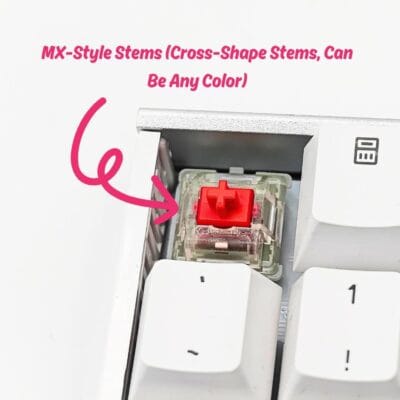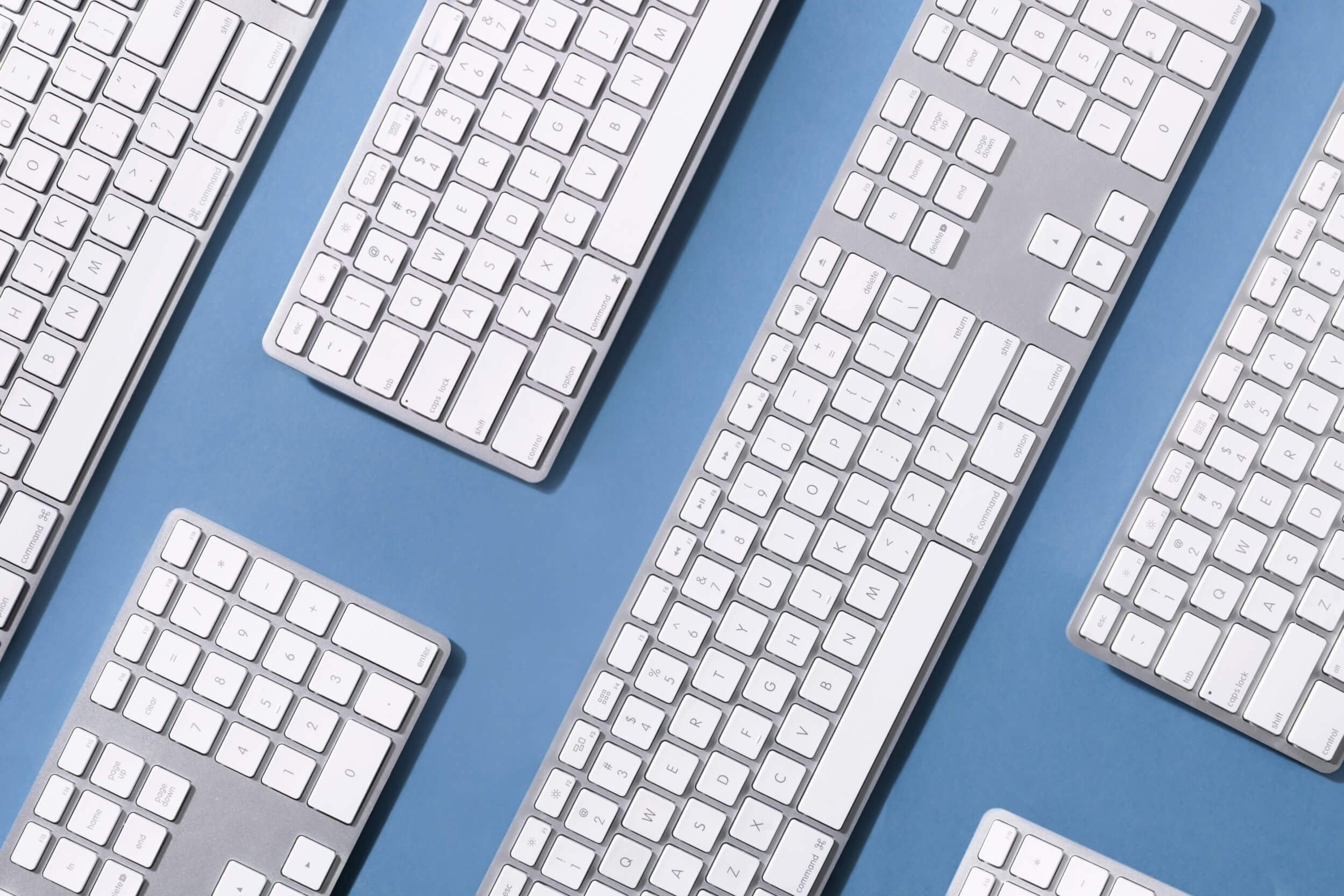Navigating the digital world often requires the ability to switch between different keyboard languages, whether for multilingual communication, coding, or simply personal preference. Understanding how to change your keyboard language completely can significantly enhance your productivity and user experience. This guide will walk you through the essential steps and tips to seamlessly transition between languages on various operating systems, ensuring you can type efficiently in any language you need.
Why Changing Keyboard Language
Better Typing Experience
Typing in your own language is always better than typing in a second language. You will not have to learn the relationship between characters of your own language and those in a foreign language, which is a burden for some, especially those who are starting to learn typing. Typing in your own language will be more intuitive, more efficient, and more speedy.
Input Special Characters
If your keyboard language comes with special characters that cannot be found on your current keyboard, you may have trouble inputting them. For example, if you are using an ANSI keyboard and you want to input a Euro symbol “€”, then you will find that this character is absent on your keyboard. So you will have to go through Google and find that you need to press Alt + 0128 to enter this character, which is not an easy to remember combination. But if you are using an European language keyboard like Spanish or German, you can find the character on your keyboard and type it easily by pressing Shift + E.
Multilingual Input
It is very common nowadays for people to use multiple languages. To use a different language on your computer, multilingual user will need to switch between languages on their operating system. Some may even have different keyboards with different languages so they can switch language easier.
A Way Round to Get Local Language Keyboards
While English is the most commonly used language in the world, some language are relatively less used. Therefore, due to market demand consideration, some keyboard manufacturer may not release keyboard in certain languages. One of the commonly known examples is the Nordic language (Swedish, Danish, Norwegian, Finnish etc.). There are not many Nordic keyboard options in the market, and people in these languages usually have to use English keyboard, which is more common in the market. But with proper settings and keycap sets, people can change English keyboard into Nordic keyboards.
What Does “Completely” Mean?
The easiest way to change your keyboard language is to do so in your operating system, but that only solve the problem in a digital level. A complete change of your keyboard language involves two steps: the virtual changing and the physical changing. The virtual changing means changing the language in your operating system so you can input special characters even if your keyboard is physically in a different language. To make your keyboard look locally in a physical form, you have to change the keyboard language physically, i.e., changing the keycap language .
Changing Language in Your Operating System
By default your operating system will come with one or two languages, and if the language you want to use is not in these default languages, you have to add a language before you can use it.
Adding / Change Language in Windows 10 / 11
- Select Start > Settings > Time & language > Language & region (Or “Language” in Windows 10).
- Under Preferred languages, select Add a language to add a new language. After that, you will be able to switch languages by clicking the language icon in task bar, or press Ctrl + Shift. You can also reorder the languages to decide which language comes before other when switching.
Adding / Change Language in MacOS
- Go to Apple Menu > System Settings, and select Keyboard in the sidebar
- Go to Text Input > Edit, click the plus sign and choose the language(s) you would like to add. Click Add when you finish.
After you added the language(s), you can switch between them by clicking on the language icon (e.g. EN, DE) in the menu bar, or press Control+Option+Spacebar to switch between languages.
Changing Keycap Language
If you only need to change your keyboard language virtually, you can skip this step, because changing language in operating system already allows you to input in your language in the software level. But if you want a complete change of the keyboard language, you will also need to change the keycap language.
Requirements
If you need to change the language completely and perfectly, then there are two requirements:
- A mechanical keyboard that allows changing keycaps (membrane keyboards usually do not support changing keycaps);
- Target language replacement keycap set that matches the stem shape, layout (ANSI or ISO) and key number (must be equal or greater) of your keyboard
Check If Your Keyboard Meet The Requirements
Check if your keyboard is mechanical
The most reliable way to check if your keyboard is mechanical is to check with the keyboard manufacturer. You can do so by visiting their website, or contact their staff. You can also tell by simply typing on them. Mechanical keyboards usually have crispy typing sound and typing tactility, but nowadays some manufacturers are making semi-mechanical keyboards that feels like mechanical, so typing is a less accurate way to check if a keyboard is mechanical. Unfortunately, if your keyboard is a membrane keyboard, it may not support changing language physically.
Check what stem your keyboard switches use
The stem is the connector between the keycaps and the keyboard switches, and you can see it by removing one of your keycaps. The most common stem is MX-style cross-shape stem, but some companies will make keycap stems in different style, e.g., the hook-style stem of Logitech G915 series. Please make sure the stems on the keyboard matches the keycaps.

Check what your keyboard layout is
There are usually two types of keyboard layout: ANSI and ISO. ANSI stands for American National Standards Institute, and ISO stands for the International Organization for Standardization. These are the two different standards organizations that created two different keyboard standards in the world. Generally ANSI is popular in American and some Asian countries, while ISO is mainly used in European countries. The main differences between ANSI and ISO are:
- Shape of Enter key. ANSI Enter is a rectangular-shape key bar, while ISO Enter is an up-side-down L shape key
- Size and position of “\” (Backslash) key. In ANSI keyboard, the backslash key is a 1.5u key (the size of Tab key) that locates above the Enter key, and in ISO, the backslash key is a 1u key (the size of Esc key) that nests in the corner of the L-shape Enter key
- Size of left Shift key. In ANSI, the left shift key is a 2.25u key (same size as the Enter key), while the ISO left Shift is a 1.25u key (same size as the Alt key)
- Legend on the Right Alt key. While in ANSI the right Alt is still marked as Alt, it is “Alt GR” in ISO.
- Additional key. ISO layout keyboard will usually have one more key than ANSI. This key sits next to left Shift, and vary from language to language, but usually it is “<>” (Greater than / Less than)
Check if number of keys is different
It is best to find keycaps that matches the number of keys on your keyboard. If your keycap number is greater than the keys on your keyboard, then it will probably be fine, because it probably means the keycaps are already covering all keys on your keyboard, and you have some keycaps to spare. But if the keycaps are less than the key number of your keyboard, then it means that some keys on your keyboard cannot find matching keycaps, thus cannot be changed.
Perfect Matching Keycaps and Keyboards
If the keycap set you purchased matches your mechanical keyboard, then you can simply change your keyboard language by exchanging the keycaps. You will not encounter trouble inputting characters in your language, because every character is on the keycaps. If you would like to use the same design of keycaps as your original keyboard, you can purchase replacement keycaps, but if you would like to add personality to your keyboard, you can opt for custom keycap sets.
Partially Matching Keycaps and Keyboards (Layout and Key Number)
If for some reason, your keyboard and keycaps are not perfectly matched in terms of layout and key number, you can still use this keycap set to change some of the keys. However, when layout and keys not matched, it means either some keys on the keyboard cannot find a matching keycap (e.g., ANSI keyboard cannot find a matching Enter keycap in ISO keycap set), or a certain key is missing on the keyboard (e.g., the missing “<>” key on an ANSI keyboard). If you are not able to find a matching keycap in the keycap set, the best solution is to continue using the original keycaps on your keyboard, because these original keycaps are the best match to your keyboard. If you find your keyboard is missing a key, it means you cannot input this key directly by pressing a key on the keyboard. But there are ways to go around the problem, for example, you can switch to another language using keyboard shortcuts listed in Changing Language in Your Operating System chapter to input this character, or input it using key combinations (e.g. Alt + 60 for “<“, and Alt + 62 for “>” )

